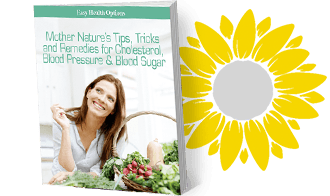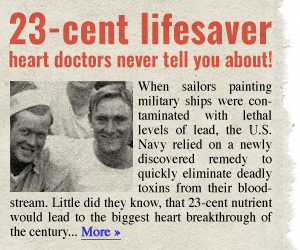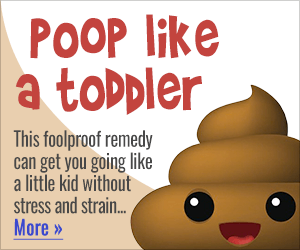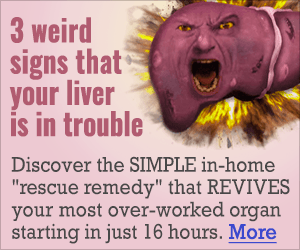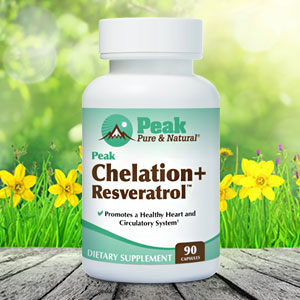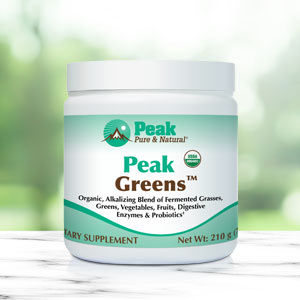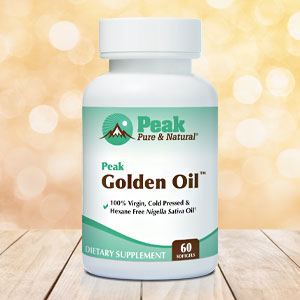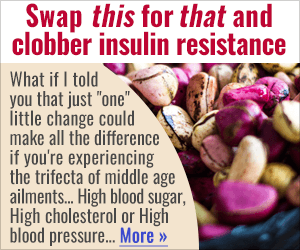Get Easy Health Digest™ in your inbox and don’t miss a thing when you subscribe today. Plus, get the free bonus report, Mother Nature’s Tips, Tricks and Remedies for Cholesterol, Blood Pressure & Blood Sugar as my way of saying welcome to the community!
The threat increasing your body’s resistance to antibiotics
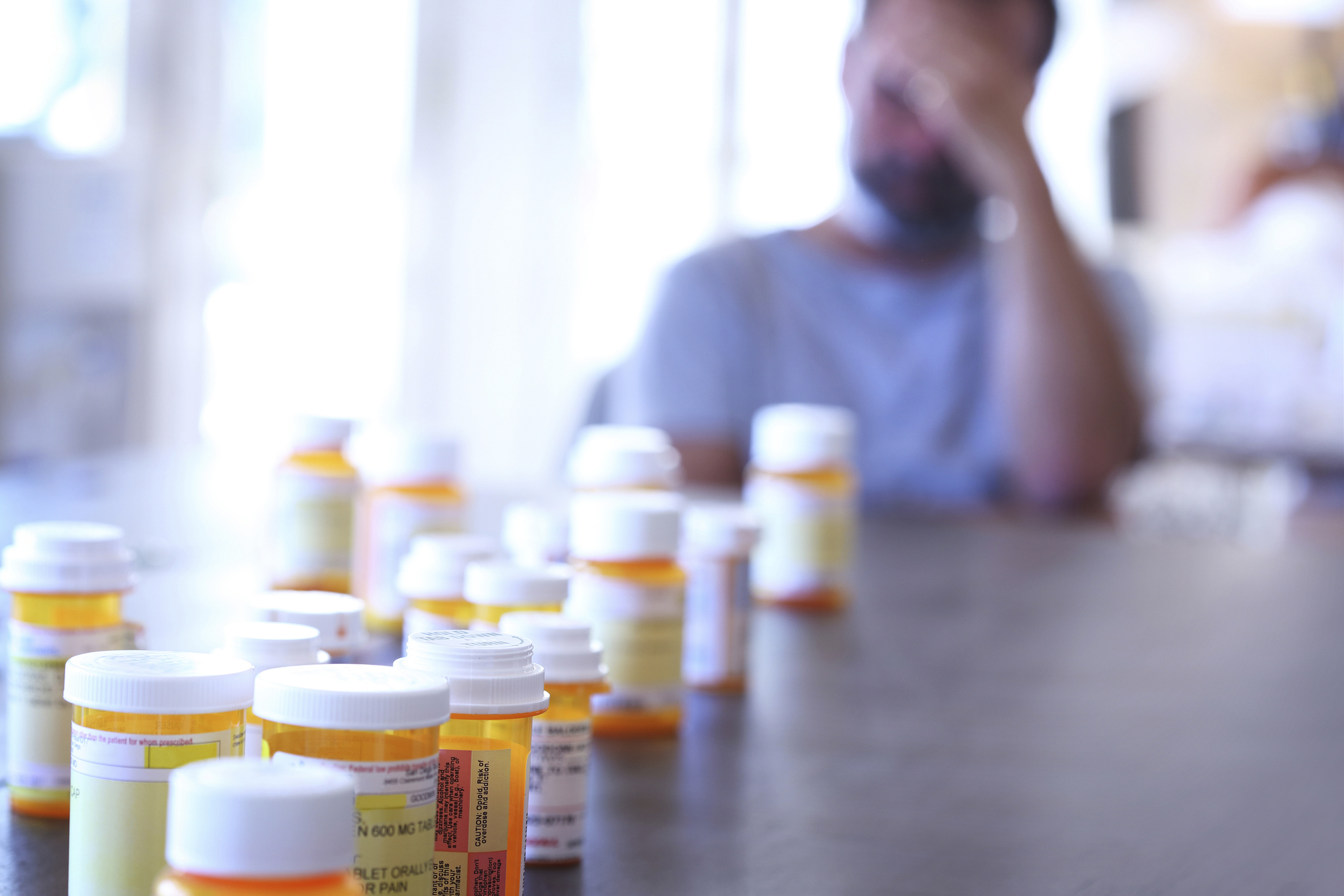
Antibiotic resistance, a pressing issue that has been a cause for concern for several years, continues to escalate without a clear solution in sight.
With the number of antimicrobial-resistant infections surpassing 2.8 million annually in the U.S. alone, the situation is not just alarming but also on a steady rise.
Recent findings from an international research team have shed light on a new factor contributing to the persistence of antibiotic resistance, adding to our understanding of the issue.
And it makes the best-known reasons for antibiotic resistance (overuse/misuse of antibiotics) pale in comparison…
Nanoplastics overload and sabotage
As the troubling news has come out, we’ve shared that microplastics and nanoplastics are building up in the human body — found in blood clots, artery-clogging plaques, and human brains.
These plastic particles, smaller than 0.001 millimeters, are considered particularly harmful to humans thanks to their small size.
Because they are so tiny, you never see them, but you consume them in the fish and seafood you eat; they slide into your body when you drink bottled water, leach into your food from take-out containers, and hitchhike into your body on the air in your home.
In fact, the researchers say nanoplastics are a vastly underestimated danger indoors…
“The micro- and nanoplastic load is around five times higher there than outdoors. Nylon is one of the reasons for this: it is released from textiles and enters the body via respiration, for example,” says study author Lukas Kenner.
He and fellow researchers have discovered a new way they bring our health down — by binding to the medication we take and disrupting how it should function…
Destroying antibiotic effectiveness
Using complex computer models, the researchers proved that nanoplastics can bind the broad-spectrum antibiotic tetracycline, which treats many bacterial infections, such as those of the respiratory tract, skin or intestines.
This binding can not only impair the effect of the drugs, but it could also cause the antibiotic to be transported to areas of the body it wasn’t meant for, so it either loses its intended effects or even causes undesirable effects.
Even worse, it could promote the development of antibiotic-resistant bacteria.
“Our finding, that the local concentration of antibiotics on the surface of the nanoplastic particles can increase, is particularly worrying,” said Kenner.
This is especially true considering they saw that certain plastics, such as nylon, can bind more strongly to tetracycline, which could worsen the antibiotic-resistance epidemic.
“At a time when antibiotic resistance is becoming an ever greater threat worldwide, such interactions must be taken into account,” Kenner continued.
Reducing nanoplastic exposure
With that in mind, how can you limit the amount of nanoplastics your body is exposed to daily?
- Don’t use nonstick pans – Nonstick cookware gradually loses its coating, releasing tiny plastic particles into the food cooked in them. In fact, a single crack in a Teflon-coated pan can discharge a whopping 9,100 plastic particles.
- Filter your water – Skip the bottled water and instead use a reverse osmosis filter in your home.
- Say goodbye to plastic – Toss out plastic food storage containers, dishware, cups, and plastic wrap for food storage. Instead, use glass, stoneware or porcelain.
- Exercise regularly – Endocrine-disrupting chemicals like BPA have been found in sweat, so getting in your exercise may help your body release these dangerous plastics.
- Eat your veggies – Some cruciferous vegetables can act as chelators by binding to chemicals from plastic so that your body can sweep them from your body. Eat at least two servings of foods like broccoli, Brussels sprouts, cabbage, cauliflower, arugula, or dark leafy greens like kale daily.
Also, to help your body deal with antibiotic issues, add a probiotic supplement to your daily regimen. Research has shown that people who take probiotics are less likely to require antibiotic treatment.
Editor’s note: Regain your health and enjoy a full, vibrant life by defeating the real culprits of premature aging and sickness — excessive, damaging acid in your body! The truth is when you’re alkaline, wellness thrives and sickness takes a dive. Click here to discover The Alkaline Secret to Ultimate Vitality!
Sources:
Antimicrobial Resistance Facts and Stats — CDC
Nanoplastics impair antibiotic effectiveness and promote resistance — News Medical Life Sciences
